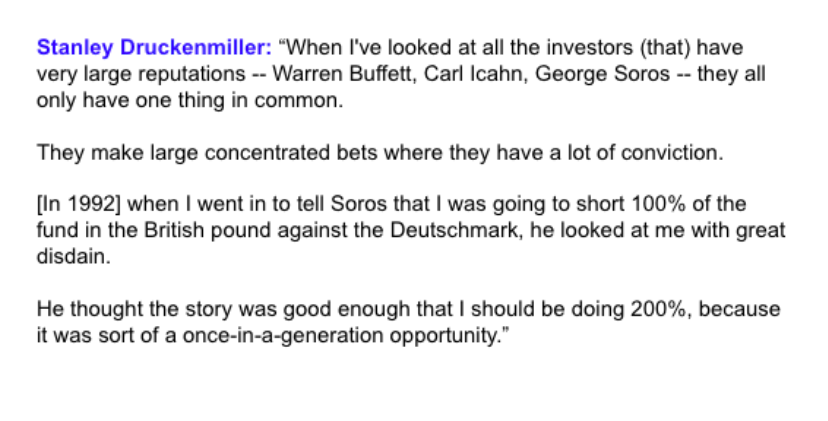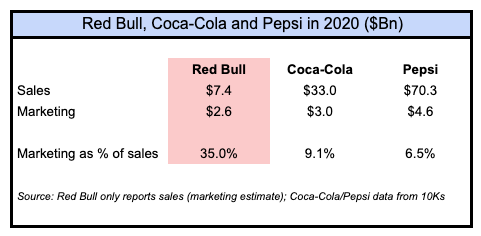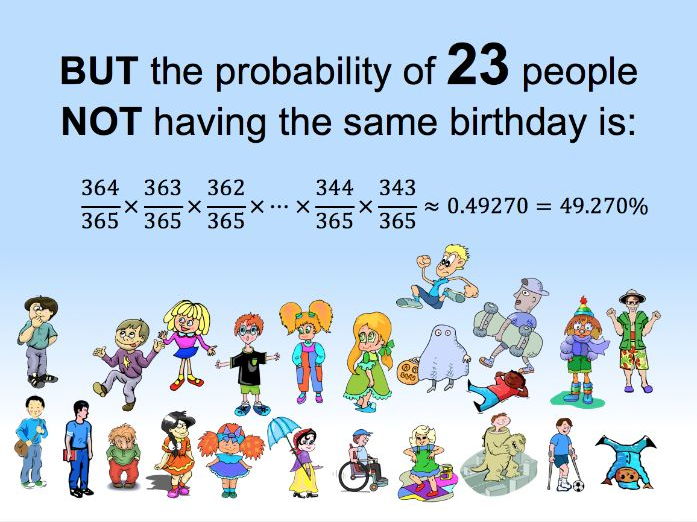
The most memorable interview I did this year was w/ Stanley Druckenmiller, who famously made $1B shorting the British Pound.
The trading legend's track record includes a 30-year stretch returning 30%+ a year (without a single down year).
Here are 8 investing lessons🧵
The trading legend's track record includes a 30-year stretch returning 30%+ a year (without a single down year).
Here are 8 investing lessons🧵
9/ If you enjoyed that, I write 1-2x interesting threads a week.
Follow @TrungTPhan to catch them in your feed.
Here's one you might like:
Follow @TrungTPhan to catch them in your feed.
Here's one you might like:
https://twitter.com/trungtphan/status/1429464889307762688?lang=en
10/ PS. I also write a Saturday newsletter digging up the most interesting (and mostly hilarious) nuggets from around the web.
trungphan.substack.com
trungphan.substack.com
11/ Here's the full Q&A (audio, text) with Druckenmiller. It covers his views on the tech stocks, inflation, Wall Street Bets, crypto (BTC, ETH, DOGE), China and more:
thehustle.co/stanley-drucke…
thehustle.co/stanley-drucke…
12/ One more: Be able to change your mind (before losing $3B in 2000, Druckenmiller pulled a stunning 180-degree turn in 1999)
(This story is courtesy of the Financial Times)
(This story is courtesy of the Financial Times)

13/ Here is Stan’s guess for the first FAAMG company to reach $5T
• • •
Missing some Tweet in this thread? You can try to
force a refresh



























